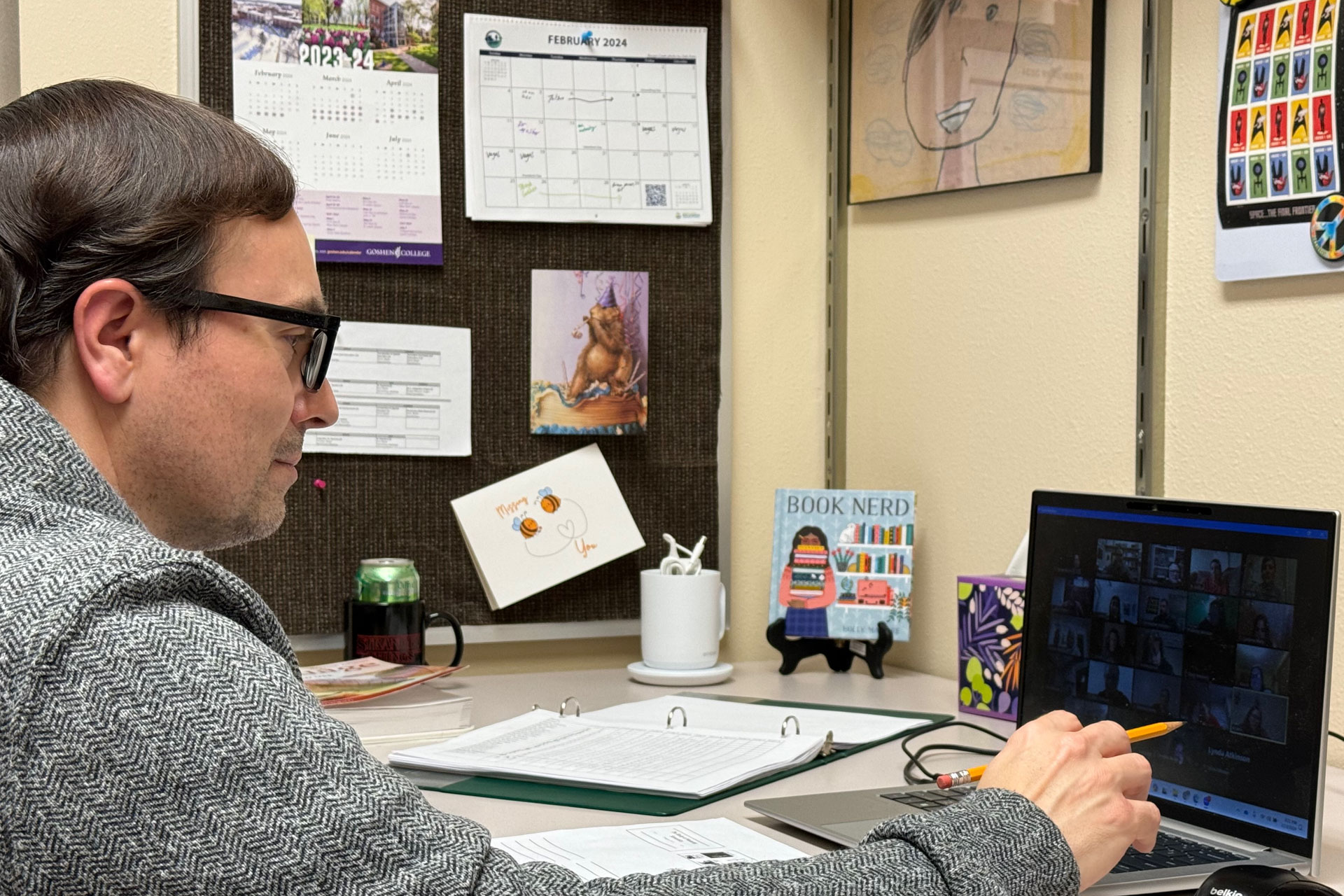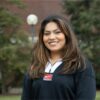The education department on campus has been working to identify ways in which more people can get involved within the educational field.
Suzanne Ehst, director of secondary education and core director, commented on the switch from primarily offering the grad programs in-person to now switching to virtual.Ehst said, “We have two post-graduate programs. One is the Transition to Teaching program for people who have a bachelor’s degree but no teaching license, and the other is the English Learners licensure addition program for teachers already licensed in one area who are coming back to add EL to their certification.”
“This is the first year that both of those programs are totally remote,” she continued.
“The main reason we switched Transition to Teaching to online is that there are so many teachers on emergency permits who are working during the day who need to be working toward permanent certification,” she said, “and they want a remote program, and not drive over to campus after a full day of teaching.”
“The EL program as well had some grant funding for folks in the state of Indiana to do an ELL licensure program and for us to access that funding who had that grant money we needed to be remote so we could be accessible to the whole state,” Ehst said.
With teacher shortages state-wide, the education department has been striving to make changes in how accessible they are to people wanting to work in the educational field.
Ehst said, “We went from an average of 8-10 people in the program to, this year, 46.
“And almost everybody has their tuition funded by either an employer who wants to add EL teachers for this state grant and initiative.”
But what is the significance of creating a teaching program for an online audience?
“It allows us to expand our reach,” Ehst said. “When we do these programs only in-person, we really only have a market of just Elkhart County, and by going online we are … available to people throughout the state and also with Transition to Teaching, people outside of Indiana can apply to that as well,”
“Also the convenience, for folks who are working during the day, to just be able to log in from your home and not have to drive to campus is an asset for people who have families, kids they have to pick up [and] job responsibilities,” she said.
While education is mostly deemed as an in-person field, the education department has shifted toward online — not only to better serve the teachers in the field, but also for students.
“I also think COVID made the education faculty more ready to try this,” Ehst said. “We all really prefer in-person teaching and in-person learning ourselves but with COVID we had to learn how to run a good online class as well and I think we learned you can build a sense of cohort and community through Zoom if you have the right strategies,”
Just in Elkhart community schools, 20.2% of students are in EL programs. With the grant funding and expansion of the Transition to Teaching and EL program, GC’s education department is planning to better serve the community and many more.
Ehst finished with saying, “I think a lot of times on campus our undergrads aren’t really aware that we do these programs, so my hope would be that our undergrads become more aware of what our graduate programs are and consider them.
“So if there are any seniors reading this article that are about to graduate and really wanted to get into education but didn’t, it’s not too late.”




